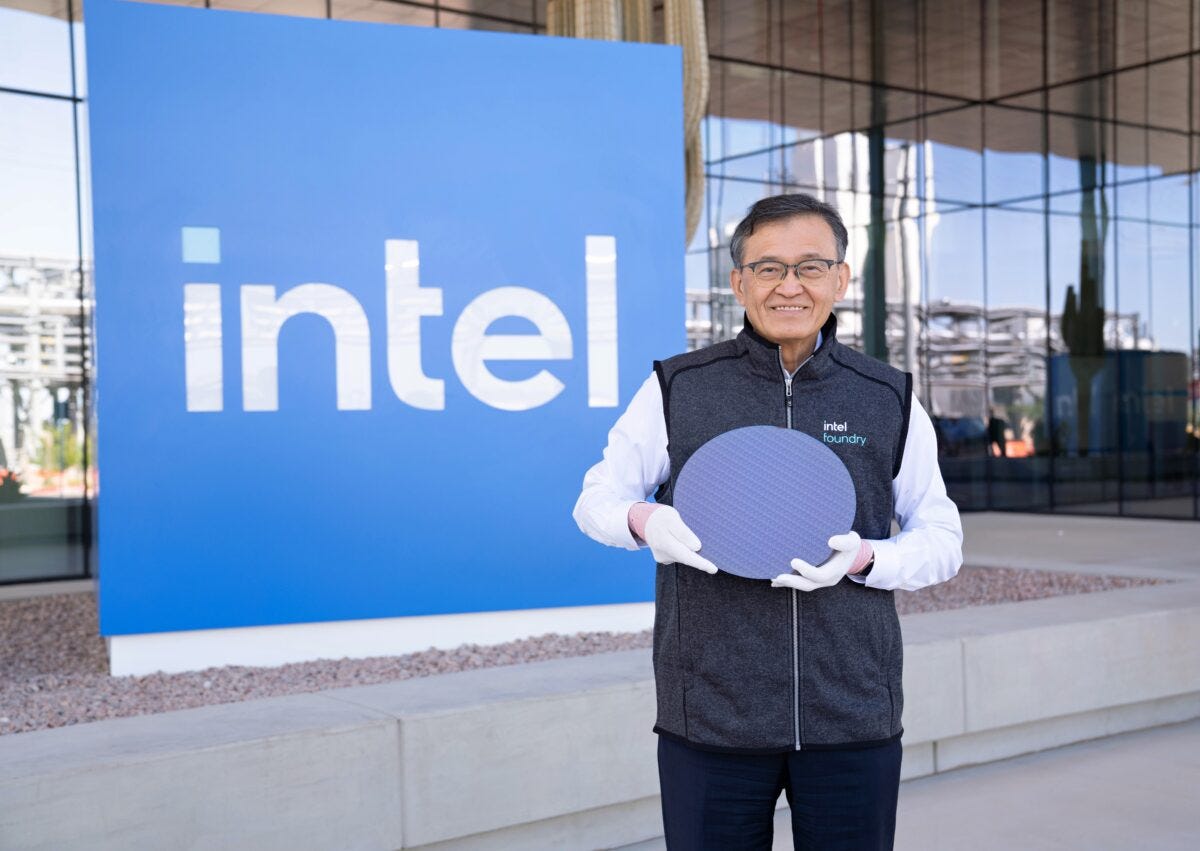Intel targets Nvidia’s robotics dominance with Panther Lake and robotics AI suite
This consolidation addresses a key pain point for robot manufacturers who previously relied on multiple vendors

Intel’s announcement of its Panther Lake processor architecture, on Oct. 9, extends far beyond traditional PCs, positioning the company to challenge Nvidia’s growing control over the robotics and embodied AI market, industry experts say. The Core Ultra series 3 processors, combined with Intel’s new Robotics AI Suite, represent a direct assault on Nvidia’s embedded computing stronghold in autonomous systems.
The strategic significance lies in Intel’s unified approach to robotics computing. While traditional robots required separate processors for real-time control systems and AI perception capabilities, Intel’s latest processors can handle both functions on a single chip. This consolidation addresses a key pain point for robot manufacturers who previously relied on multiple vendors, often including Nvidia’s Jetson modules for AI workloads.
“You’re seeing the latest processors from Intel be able to handle both the real-time controls capability and enough AI processing to do the vision and AI perception half, all in one processor,” explained Matthew Formica, Intel’s Senior Director of Edge Product Marketing. This integration promises to reduce costs, complexity, and development time for robotics companies.
Intel’s Robotics AI Suite provides reference applications, streaming media analytics pipelines, advanced AI algorithms, and vision-language models optimized for robotics workloads. The suite addresses practical deployment challenges that have slowed robotics adoption, including interoperability issues and skills gaps that often plague companies attempting to integrate AI into physical systems.
The combined hardware–software stack is “aimed directly at the fast-growing robotics and humanoid markets,” Robert Little, chief of robotics strategy for MSME at Novanta, pointed out in a post on LinkedIn.
The timing coincides with what Intel describes as an inflection point in robotics, where machines are evolving from narrow, repetitive functions into multi-capable systems that perceive environments, adapt to changes, and collaborate with humans. This shift toward “physical AI” creates opportunities for Intel to capture market share before Nvidia fully establishes dominance.
The processors will be manufactured at Intel’s new Fab 52 facility in Arizona using the company’s 18A process technology—the first 2-nanometer class node developed in the United States. This domestic manufacturing capability provides strategic advantages for robotics applications requiring assured supply chains, particularly in defense and critical infrastructure sectors where Nvidia’s reliance on TSMC’s Taiwan facilities presents geopolitical risks.
“We are entering an exciting new era of computing, made possible by great leaps forward in semiconductor technology that will shape the future for decades to come,” said Intel CEO Lip-Bu Tan, emphasising the company’s role in strengthening domestic manufacturing capabilities.
Early partnerships signal market traction. RealSense, Techman Robot, and Fourier have committed to integrating Intel’s platform, with RealSense CEO Nadav Orbach noting that Intel’s “robotics expertise, AI suite, and pre-validated support” helps robotics companies “move faster—from idea to product.”
The success of this strategy will depend on Intel’s ability to deliver competitive AI performance while maintaining cost advantages over Nvidia’s specialised solutions.
The Panther Lake board delivers 180 platform TOPS (trillions of operations per second). With Panther Lake, AI will take off in robotics, Mike Masci, Intel VP of product management for edge, told Fierce Electronics in an interview.
“As humanoids start to emerge, developers will have control and AI processing like they never had before,” Masci added in that interview.
If Intel’s performance claims hold, “the company could finally rival Nvidia’s Jetson and Isaac platforms in the robotics compute stack,” Little notes.
